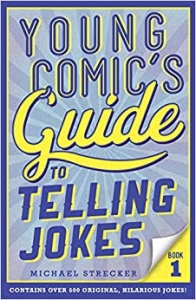Blog Posts and Bradford Hill Criteria
Back in 1965, Sir Austin Bradford Hill published a paper about the dose-response relationship. If X causes Y, the more of X you have, the more Y will result, is the concept.. While Bradford Hill’s original work related to disease causation, his methods are often used to evaluate cause/effect links in other fields.
Why is causation such an important research activity? “Causation influences decisions related to prognosis, diagnosis and treatment,” researchers found, and “findings also teach us about the functioning of healthy systems”. The authors point out that even though a condition may be found to respond to a certain treatment, that does not necessarily uncover the cause. Of that your headache!)
At Say It For You, our blog content writers know that consistently posting content that is accurate, dependable, and actionable attracts new customers and clients and keeps them coming back. But knowing whether, and how well, your tactics are doing in terms of accomplishing these goals involves verifying the “dose-response relationship” between the content and the results.
Three of the nine criteria Sir Bradford Hill proposed are:
1. Strength (effect size).
2. Consistency (reproducibility)
3. Specificity: (Causation is likely if there is a very specific population at a specific site)
Sometimes, Chief Marketing Officers forget to use the techniques they rely on with other forms of marketing when it comes to blogs, Heidi Cohen of the Content Marketing Institute observes. Metrics are needed to determine whether you’ve achieved your goals. Things worth “counting” include:
- Visitors (where do they come from? Where specifically do they go on your site?)
- Page views (where do visitors click to and where do they leave?)
- Time on site (shows how engaged they are)
- Signups for an RSS feed or newsletter
Different topics and different blog formats (even days of the week for publishing your blog) can then be tested Bradford Hill-style for strength, consistency and specificity.
To what extent, exactly, is your marketing blog “causing” marketing results? Bradford Hill can help you be in the know!







Follow us online!